As is often said, “when you fail to plan, you plan to fail.” But then, does success lie only in planning? The answer is NO! There are the other parts: implementation, feedback, competitor analysis, and redesign of the plan or project to meet new needs. This is what a product roadmap does. A product roadmap captures all the key elements that help in proper product development and release.
Only 15% out of 3,000 newly launched products survive each year or are truly successful. Further, Statista reports some of the reasons for this failure are lack of finance, no market need, high competition, flawed business model, etc. Therefore, start-ups need to know that there is more to a product’s success than just launching it; thus, they need to backpedal a bit and do some fact-finding to ascertain what makes a successful product. And this is where the essence of a product map comes to play. A product roadmap is very important, especially to start-ups, as it helps to properly channel the efforts of team members, plan how funds are expended, and guide the stakeholders in the right direction. Thus leading to the achievement of set/desired project goals. This article examines the steps to design and implement a viable product roadmap for start-ups properly. Stay put as we delve deeper into the topic at hand!
Do you need help building a SaaS product from scratch? We got you covered. Contact us here, and we will be glad to help.
Table of Contents
- 1 What Is a Product Roadmap?
- 2 Who Needs a Product Roadmap?
- 3 Why Most Start-up Product Roadmaps Fail
- 4 Product Roadmap: Its Function in Project Discovery
- 5 How to Prepare For Product Roadmap Development?
- 6 How to Create a Product Roadmap?
- 7 How to Visualize the Product Roadmap?
- 8 How Can Code&Care Help You Develop a Product Roadmap
What Is a Product Roadmap?
A product roadmap is a concise and step-by-step product strategy implementation framework or set of guidelines for designing and/or producing a product. It is used by businesses at all levels and across all sectors to implement goals or features of a product within a specified timeframe.
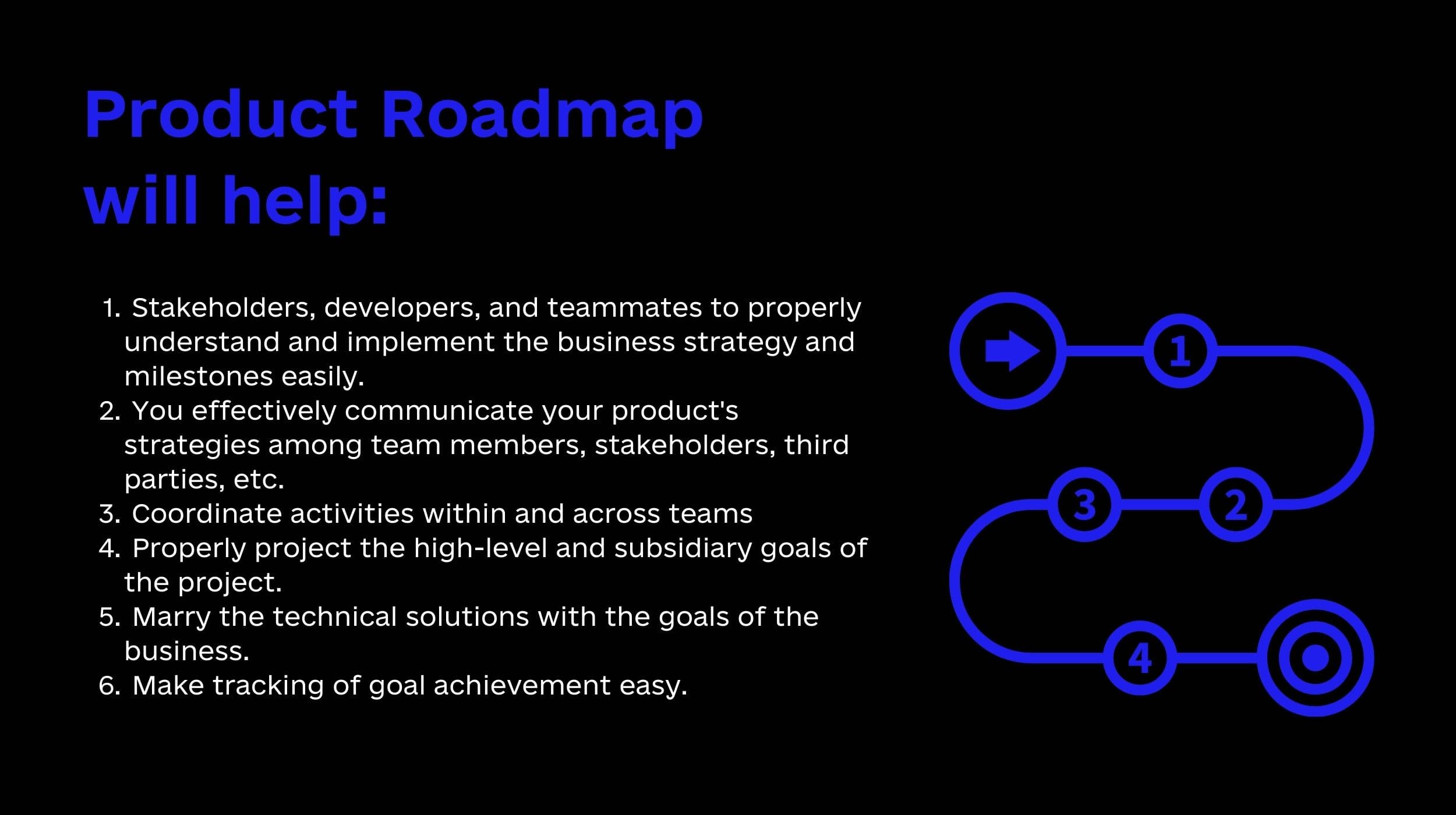
A good product roadmap will help:
- Stakeholders, developers, and teammates to properly understand and implement the business strategy and milestones easily.
- You effectively communicate your product’s strategies among team members, stakeholders, third parties, etc.
- Coordinate activities within and across teams
- Properly project the high-level and subsidiary goals of the project.
- Marry the technical solutions with the goals of the business.
- Make tracking of goal achievement easy.
Who Needs a Product Roadmap?
Businesses of all levels and niches need a product roadmap. It is used by start-ups and established businesses or companies. However, the product roadmap framework for a start-up and that of a mature company is usually different for several reasons.
First, a mature company has a longer roadmap, but a start-up has a shorter time horizon.
Second, start-ups often focus on implementing innovation, whereas established firms focus on improving an existing product.
Thirdly, a start-up is often prompt in its product roadmap design and implementation. This is because start-ups need to capitalize on early launch to begin generating revenue. But on the flip side, it is different for established companies as they already have much funds and time to fine-tune their releases.
Why Most Start-up Product Roadmaps Fail
People often wonder why their product roadmap fails even after giving their best shot. Below, we will examine the top 4 foxes responsible for a failed product roadmap.
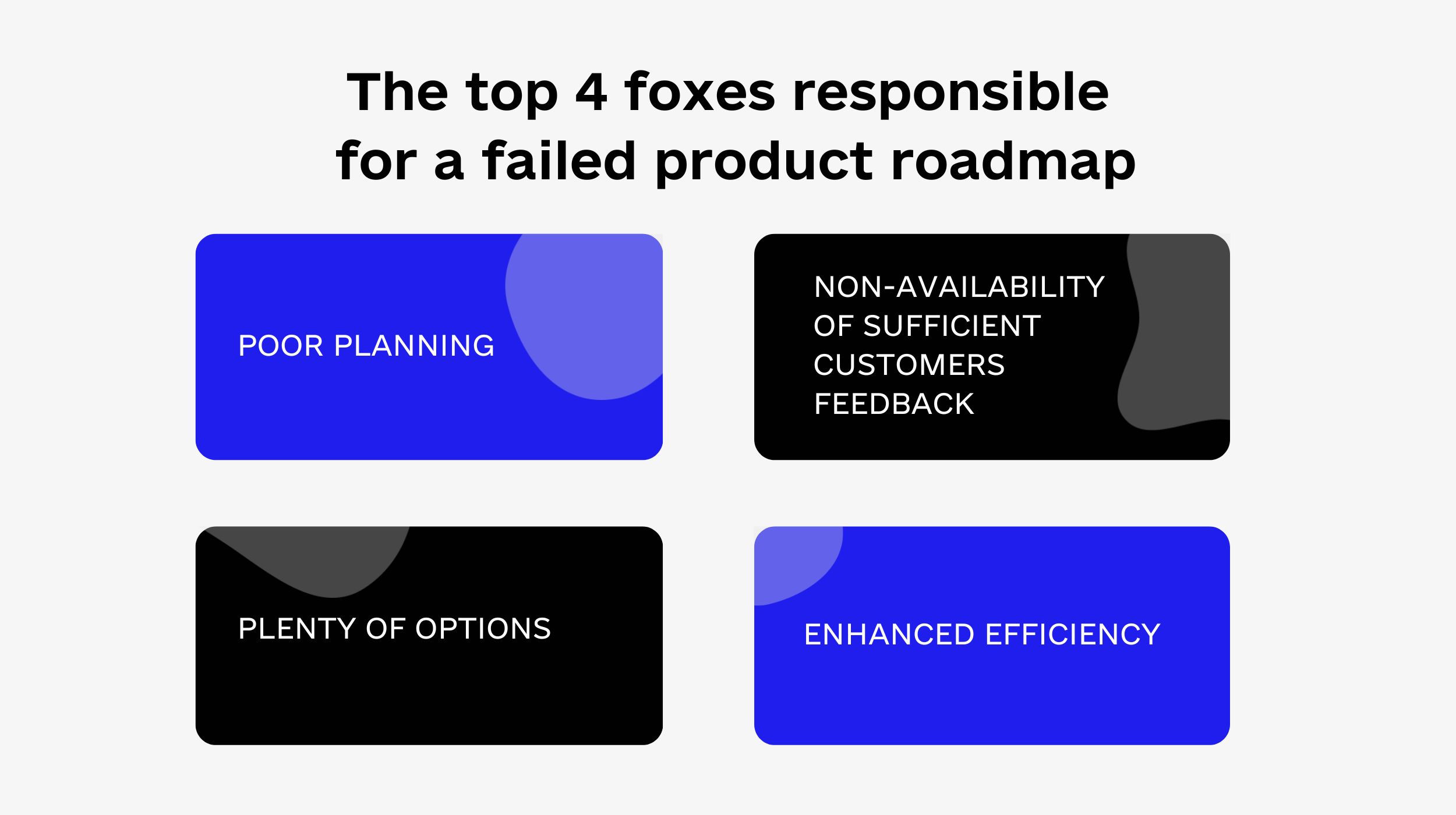
Poor Planning
This could be due to bad timing or inconsistent deadlines. In a rush to design a start-up product roadmap and implement it in haste, several key components are stripped, thus sabotaging the proper direction the product roadmap should go.
Non-availability of Sufficient Customers Feedback or Poor Management of Available Feedback
This could be due to non-access to relevant technology, personnel, etc. Hence, startuppers need to continuously review their product’s roadmap to improve the released products. And to get the desired result, it is best to have a review system in place. According to research, more than 30% of product managers upgrade product roadmaps every 4 weeks, 25% upgrade them every week, and another 25% update them every 3 months. This ensures that the product roadmap is aligned with current realities and progression.
In addition, users’ feedback is usually not comprehensive at the initial stages of product release. Hence, time is needed for users to send in more quality feedback which may be used to decipher the true situation in the market.
Lack/Inadequacy of Funds
If there is anything that plaques the proper design, testing, and implementation of start-up product roadmaps, it’s finance. At the initial stages, most start-ups need more funds to hire the best quality of people to form their teams. But the absence of proper funding leaves them with no choice but to onboard fresh college graduates who often need more expertise to do the job.
Also, finance is necessary for different levels of product testing; most start-ups lack the money for this. Poor finance would result in the acquisition of low-quality equipment, APIs, mockups, firmware, plugins, etc. Hence, inadequacy or lack of finance greatly impinges on the product roadmaps of most start-ups.
Human Factors
This includes the failure of stakeholders, suppliers, and teams to play their part as stipulated in the product roadmap for start-ups.
Product Roadmap: Its Function in Project Discovery
The project discovery phase is a project’s visualization phase, and a product roadmap is one of its basic components. Other components are the product’s vision, strategy, and backlog.
At this stage, you visualize the need your product is coming to solve in detail. In other words, it is at this stage that you clearly define the goal of your product or project.
This will give you an idea of how best to approach core areas like product design, target market, the goal of the product, etc.
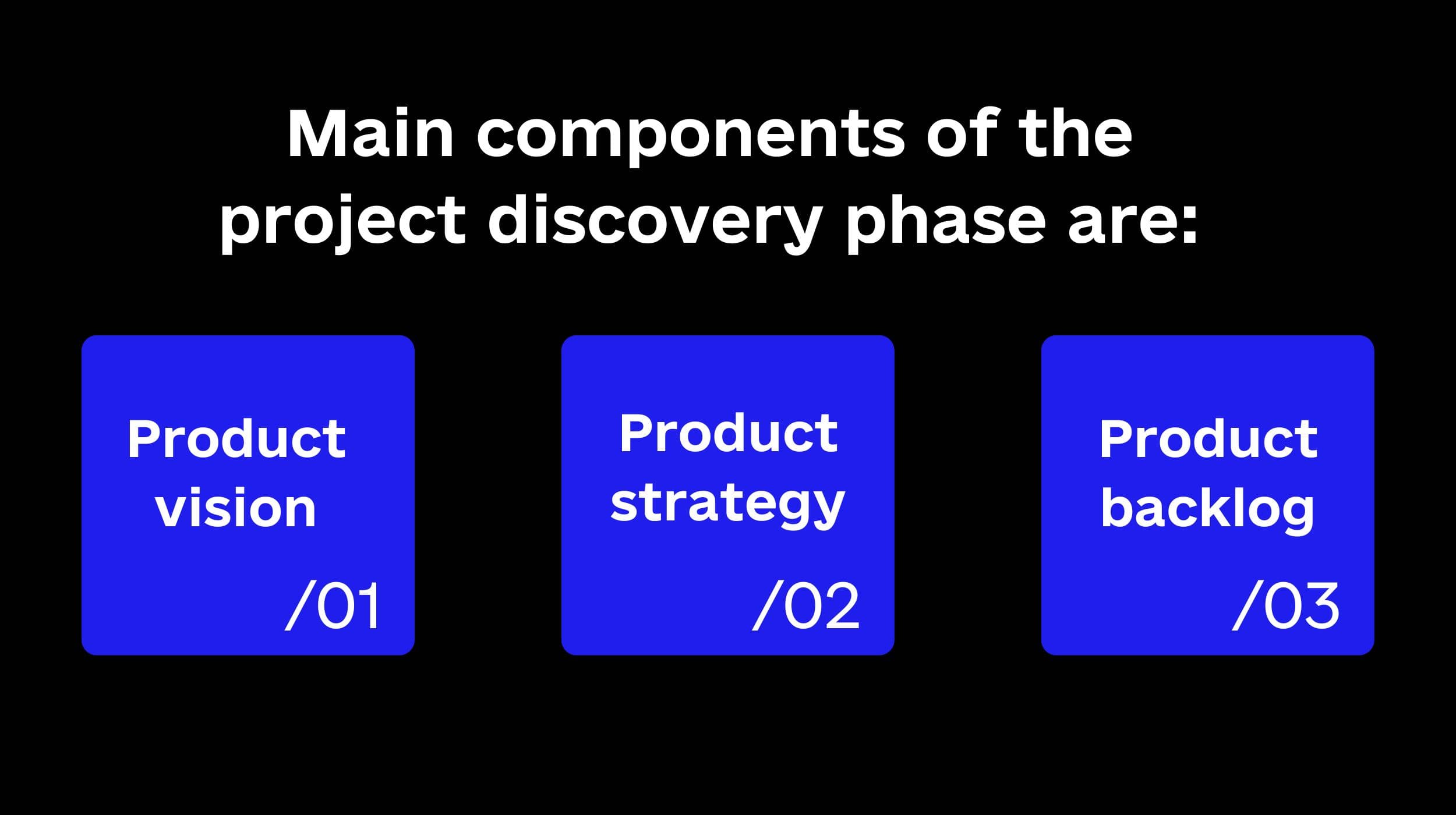
3 key components of the project discovery phase are:
- Product vision: your proposed product’s intent and its competitive advantage over the existing solutions by rivals.
- Product strategy: conceptual method to realize a viable solution based on your product vision.
- Product backlog: flexible and systematic actionable plans to implement your product strategy toward realizing your product vision.
The project vision is the most important component because a blurred, inconsistent, poorly defined, and/or scanty project vision will lead to a bad, inaccurate, faulty product strategy and vice versa. Hence, settling the product vision is very important in the project discovery phase and start-up product roadmap design and implementation.
Most times, the project vision is wide and wild with unrealistic expectations. There is, therefore, the need to streamline it to fit a realistic scope, and that’s where a product roadmap comes in.
A product roadmap helps to shortlist (i.e., itemize) the most important components of the project/product and prioritize product features, product vision, product strategy, and product backlog, which are components of project discovery.
This, in turn, tackles (unforeseen) problems upfront and optimizes product design/development and implementation time. In addition, it removes unrealistic expectations and deadlines at the project discovery phase and perhaps throughout the project’s lifetime.
With a good product roadmap, a business can share the project vision with its stakeholders and turn business decisions into actions in real-time.
With a product roadmap, you will be able to know or determine the following:
- Whether to deliver your product as a physical item or it can be an electronic item like a mobile app and still solve the same problem?
- Whether to make your product stand-alone or (to be used as) a part of another product?
- Who is the product for, and how will they appreciate it?
- How best should you market your product, to what audience and best can you go about it?
Visualizing and answering these questions more correctly will help you and your team to save costs, avoid mistakes, and achieve your project faster with less redundancy and bad risks.
How to Prepare For Product Roadmap Development?
Product roadmap development begins with a concise, well-defined vision. Once this is sorted, you can kick-start the following processes to develop the full product roadmap.
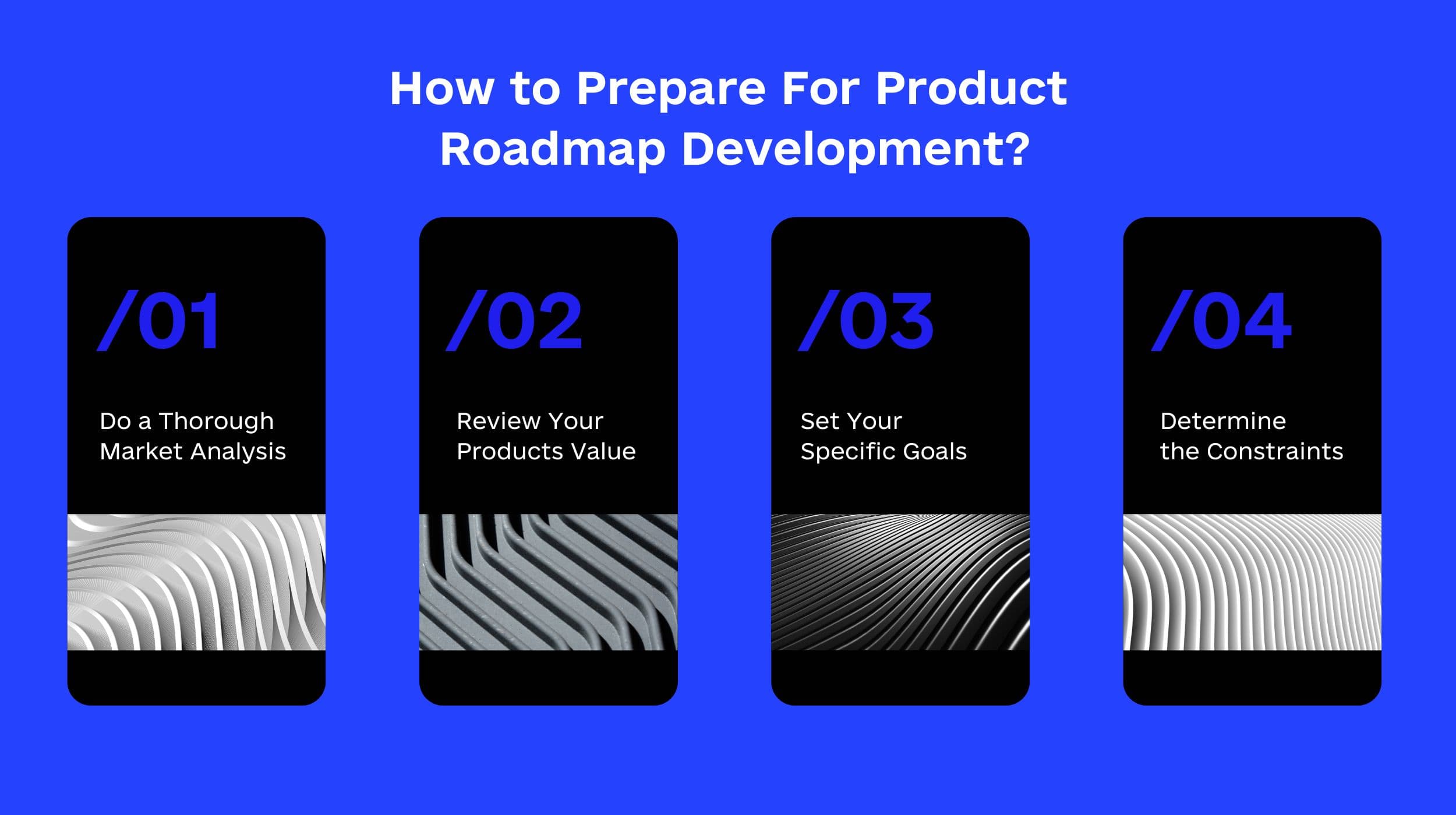
Do a Thorough Market Analysis
Market analysis is the first stage of product roadmap development. This involves carrying out a market survey to decipher the already existing products by your rivals that are similar or substitutable with your proposed product. Let’s say you want to launch a cross-platform application. Before jumping right into it, you must check what is happening in the market. You want to find out who your competitors are, their products, and how these products are faring in the market. You first compare their features/components and their benefits to what you wish to produce.
This will help you to know what the target market is currently interested in and/or could be interested in. As a result, you will have better standing to streamline your goals and/or re-strategize to take advantage of the market. Or, in worst circumstances, kill the product idea if it has no competitive edge over already existing solutions.
Analyze/Review Your Products Value
Based on the outcome of your market research, you should now have a better picture of what to include in your product to give it a competitive edge in the marketplace, or else it will die on arrival, choked by the competition.
People don’t just need another similar product. Rather they will embrace a product that is competitively better than existing ones, and this is what your product should solve: the unique value proposition of your product.
Set Specific Goals/Milestones
The more specified your goal is, the higher the chances of your product succeeding. Hence, your goal should be specific, measurable, and hinged on key metrics like production volume, net revenue, positive reviews/ratings, etc. Start with the main goal and add secondary/auxiliary goals that would lead to the realization of the main goal. Also, remember to set deadlines for accomplishing your goals.
Determine the Constraints
Typical constraints that often prevent a successful product development or implementation and release are time constraints, team issues, availability of required knowledge, inadequate finance, stakeholders’ issues, etc.
Identifying these constraints from the onset would help you keep a pulse on them before they assume the roles of bottlenecks in your product roadmap development, thus saving you a lot of time in your product roadmap building.
How to Create a Product Roadmap?
The agile method is highly recommended for creating a start-up product roadmap. But how does it play out? Keep reading to find out.
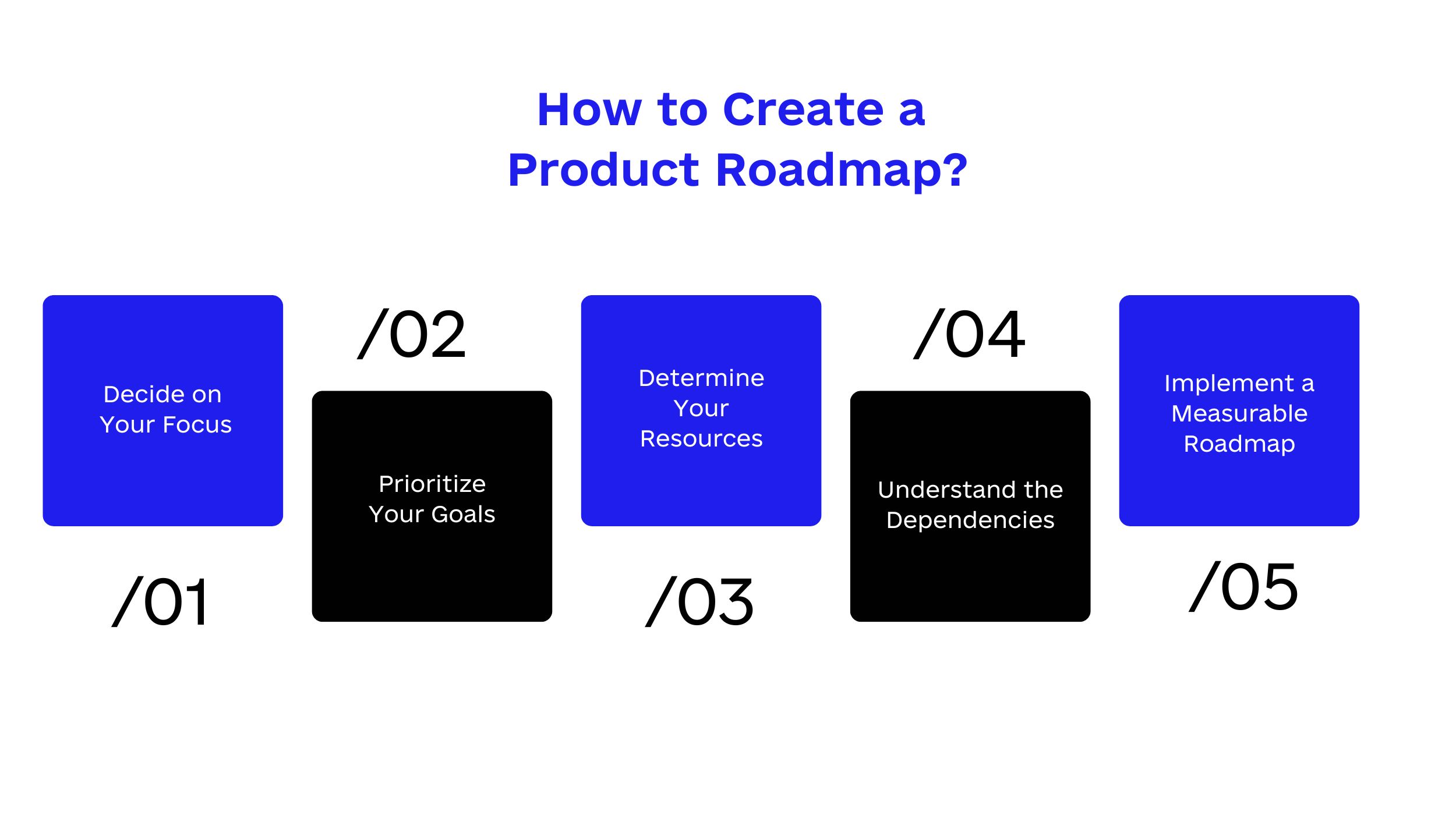
Decide on Your Focus
Indulge your attention on what exactly demonstrates progress. This could be feature-based (implementation of a feature(s)) or goal-based (achievement of a specific goal or goals) within a defined timeframe.
Prioritize Your Goals
Using a cost-benefit analysis, in order of priority, list and pick out the most important feature or goals and work on these first, followed by the less important ones. By so doing, you’ll be able to implement goals or features with the highest impact on the project goal, and the less impactful ones may come later.
Determine Your Resources
Resources like time, team, and finance are scarce resources. As such, you must efficiently manage them to execute the project goal effectively. Don’t be on the sidelines. Ensure you check the availability and viability of available resources necessary to help you develop viable deadlines, meet market demands, implement the core in-demand features/needs, and put together finance and human power to execute the project.
Understand the Dependencies
Independent products do not exist. Every product depends on people (in-house developers, engineers, etc.), third-party products/services/components (APIs, plugins, SaaS systems), and one another (the immediate past or future release of the same product).
Thus, it is necessary l to examine these dependencies, how they work and interact with the project, their limitations, and their capacities to achieve the desired project goal at the set time.
Implement a Measurable Roadmap
The best way to define the success of each step of the product roadmap for start-ups is via a data-driven approach. This helps to quantitatively measure each milestone in the project implementation process based on auxiliary goals you set while preparing the product roadmap.
How to Visualize the Product Roadmap?
There are several ways to visualize a start-up product roadmap, but there are some that top the list, and we intend to share them with you:
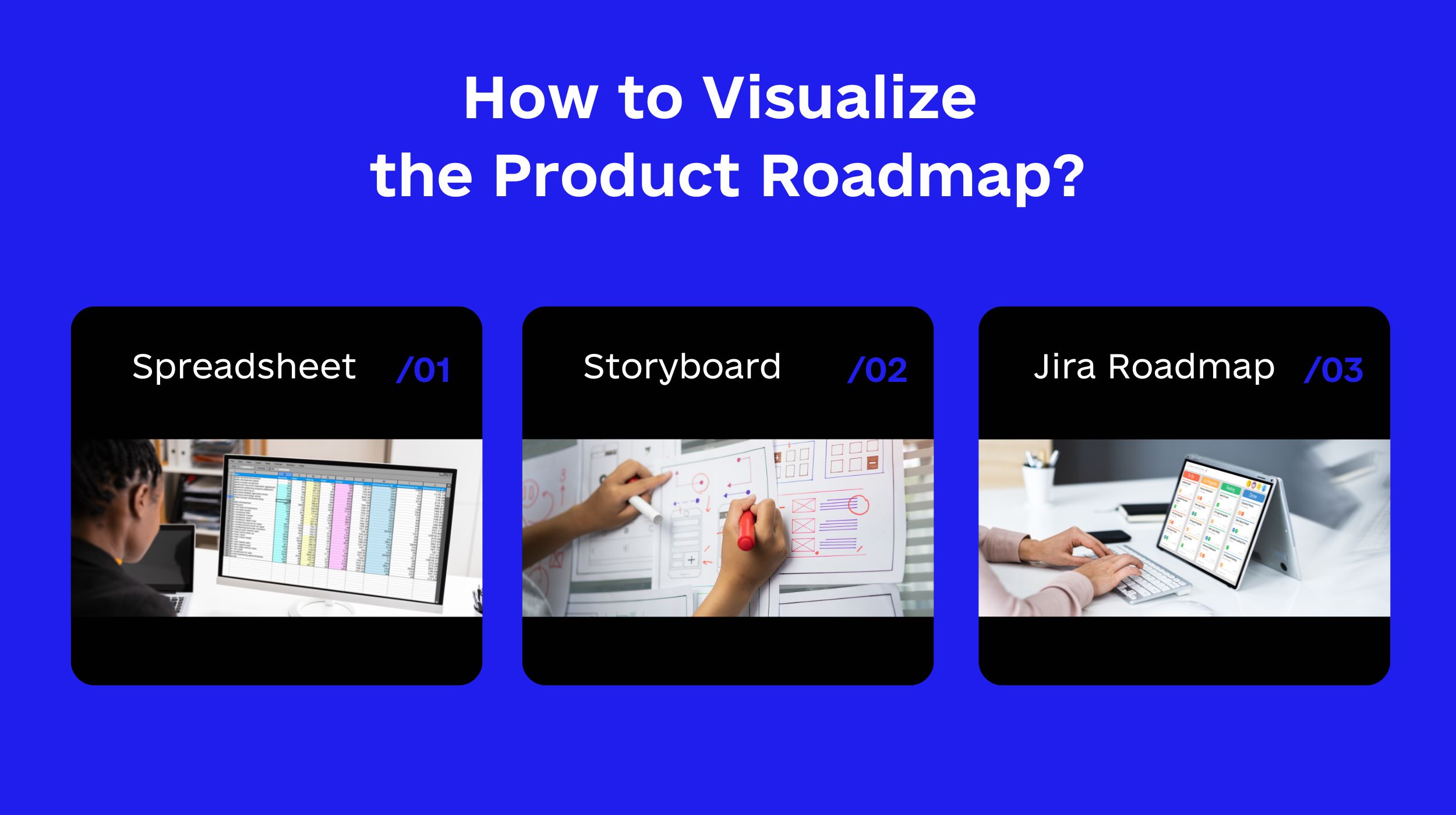
Spreadsheet
The popular and common ones are Google Sheets and Microsoft Excel. These basic tools are most suitable for brief sketch works and mild in-house presentations of product roadmaps.
Storyboard
Storyboard tools like Canva or Storyboard can make your product roadmap more captivating and engaging and sustain external users’ attention before your product launch.
Jira Roadmap
When it comes to doing a product roadmap internally, Jira is a great tool to use, for it allows easy integration into an organization’s projects and processes for the execution of mild and complex tasks.
How Can Code&Care Help You Develop a Product Roadmap
Developing and implementing a comprehensive product roadmap can be a daunting task, especially if you are a new start-up yet to get familiar with the business terrain. Even if you have developed and launched your product, you should engage experts in your product roadmap development process for a guaranteed result within the least possible timeframe.
At Code & Care, we can help you get it right. We provide business-oriented full-stack software development services to assist start-ups and established brands achieve their software development goals. We are versatile in using different programming languages and technology stacks to develop various web apps and software that solve various problems for our clients worldwide. We can help build you a custom product roadmap framework that you can deploy in your business at whatever scale. Would you love to work with us? We are just a click away from helping you achieve your product goals. Feel free to schedule a free consultation with us, and we will be more than glad to develop a viable start-up product roadmap for you and your business.
Read more:
JavaScript Game Development Trend: Learn the Steps to Building Cool Games in 2023
Should Your 2022 Projects Have Micro-Frontends?
What Is The Difference Between A Programming Language And A Framework?
How To Make A Video Calling App Like Zoom: Markets,Types, Features & Key Steps








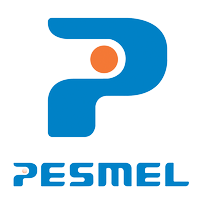

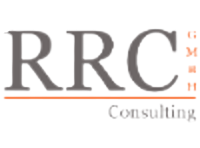





Popular
Latest